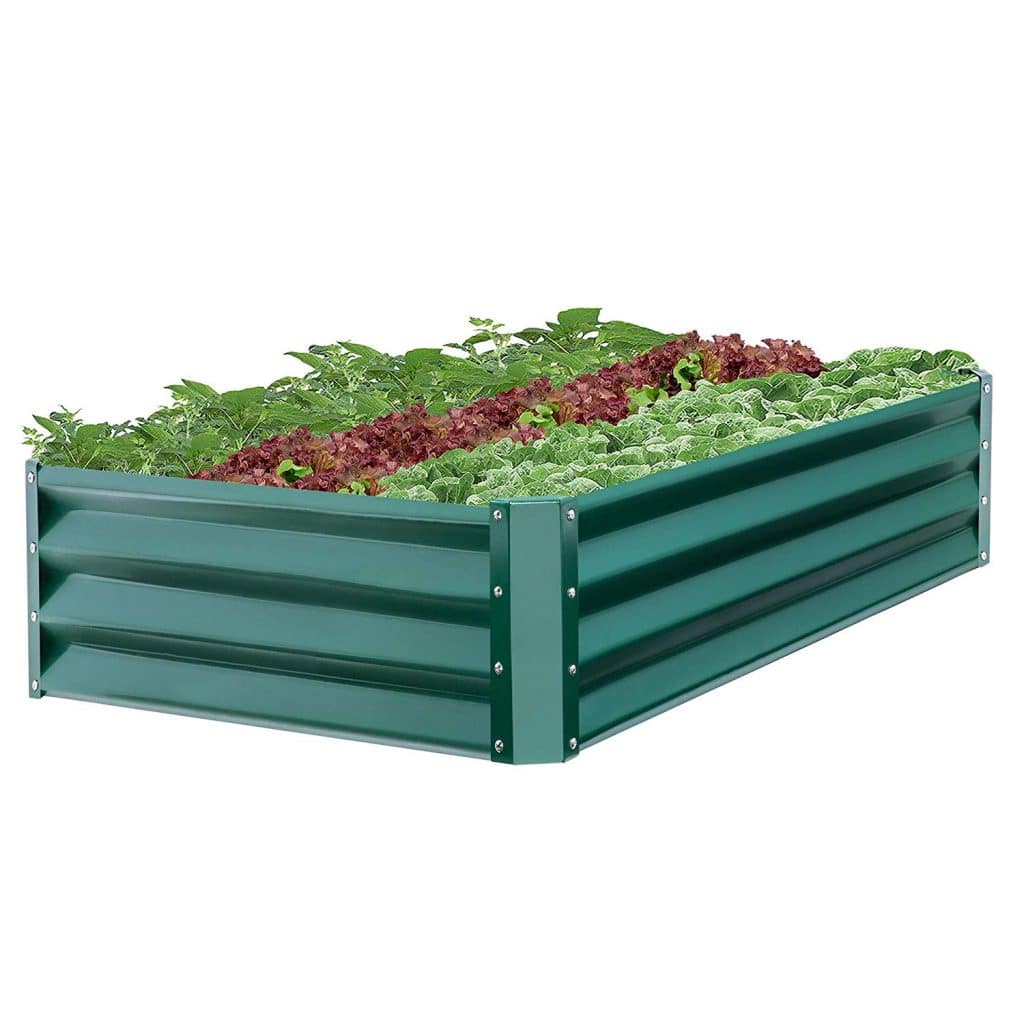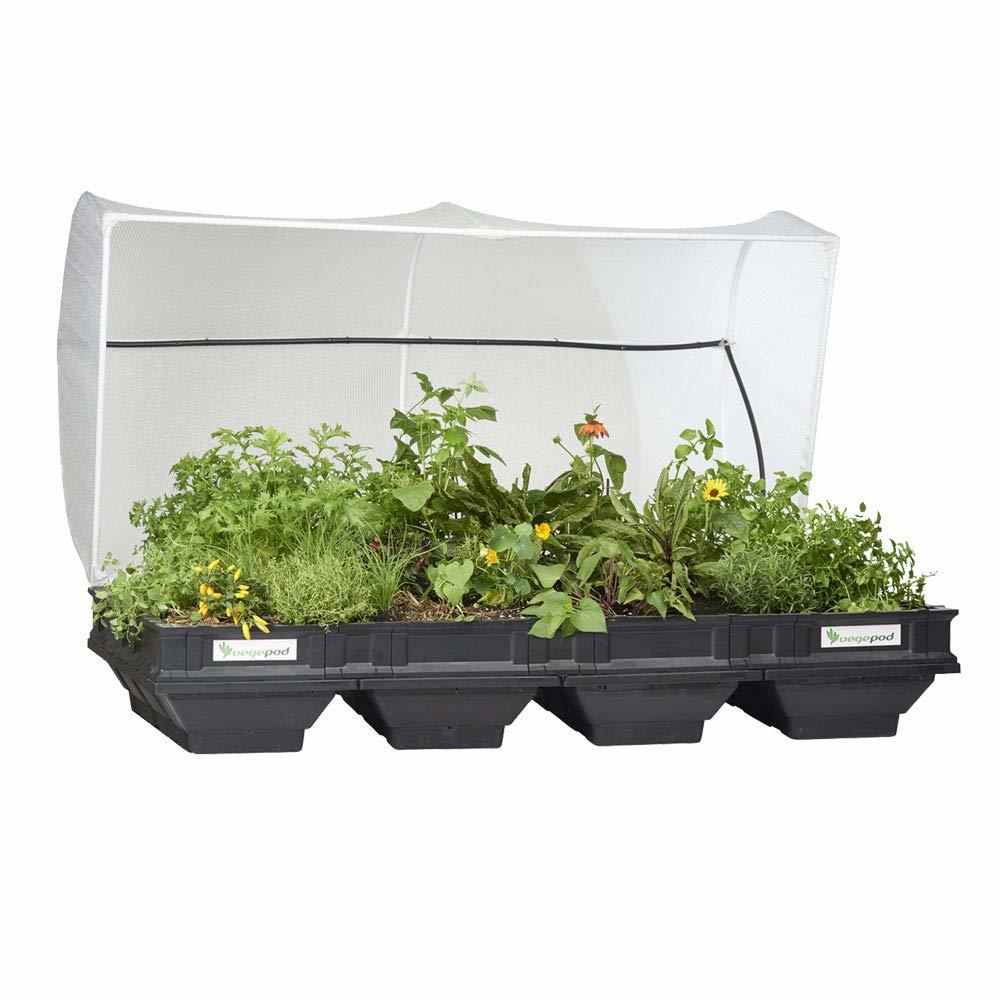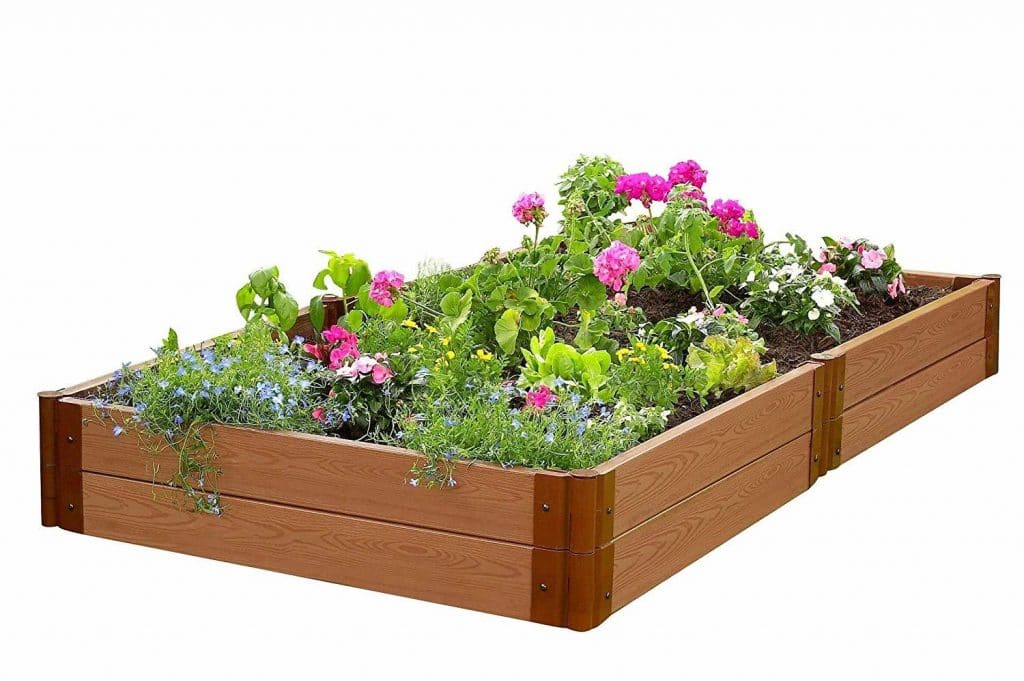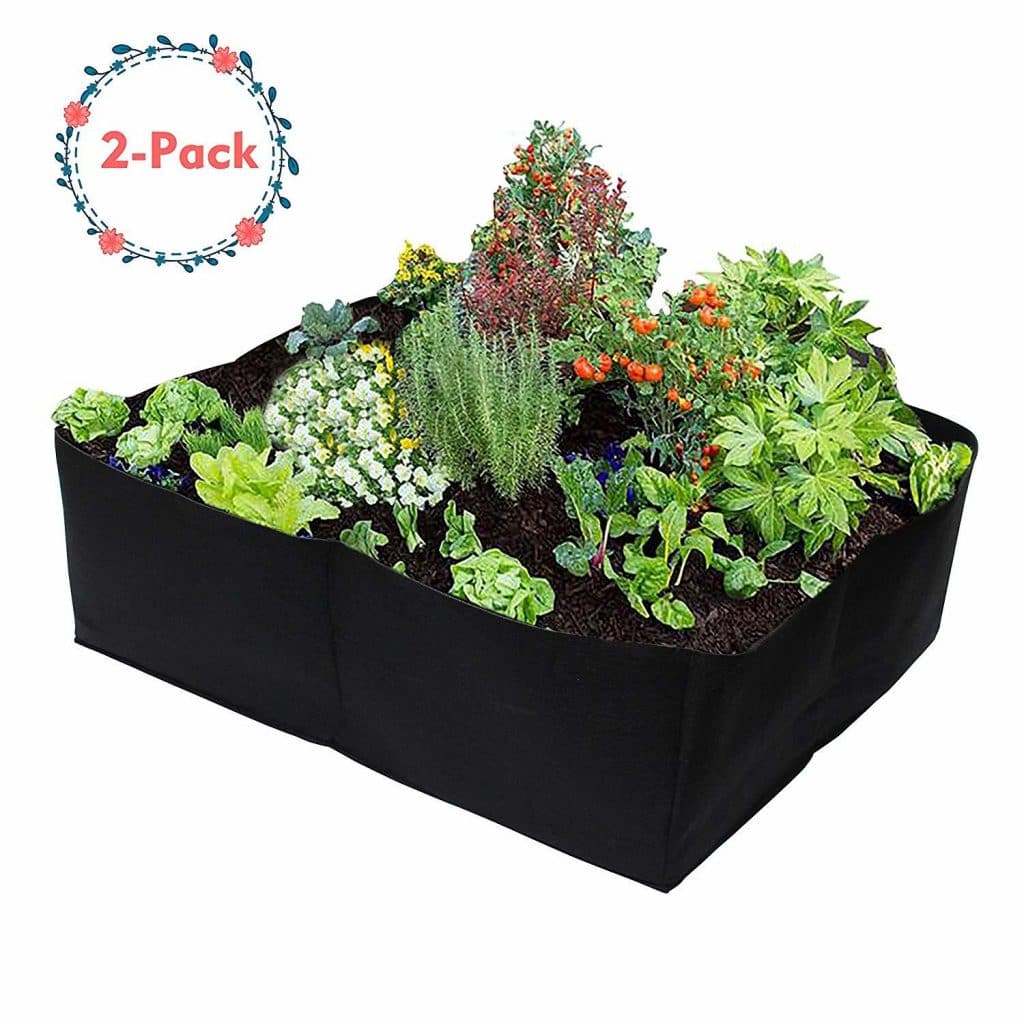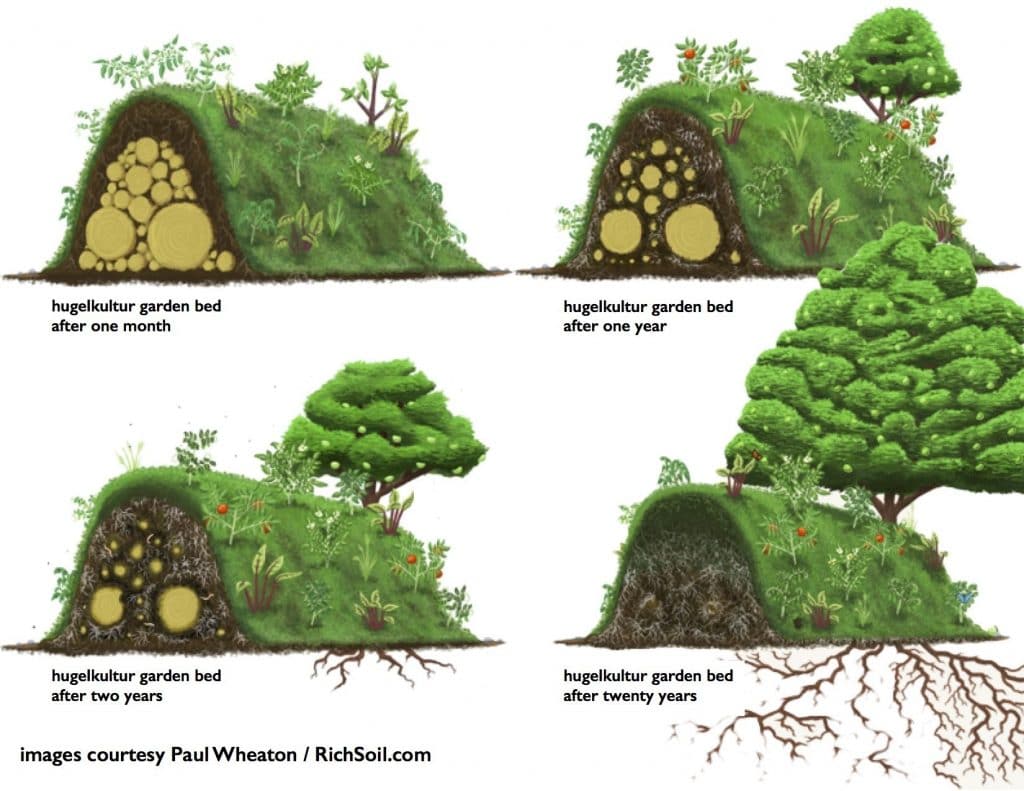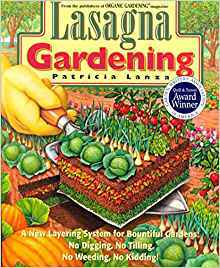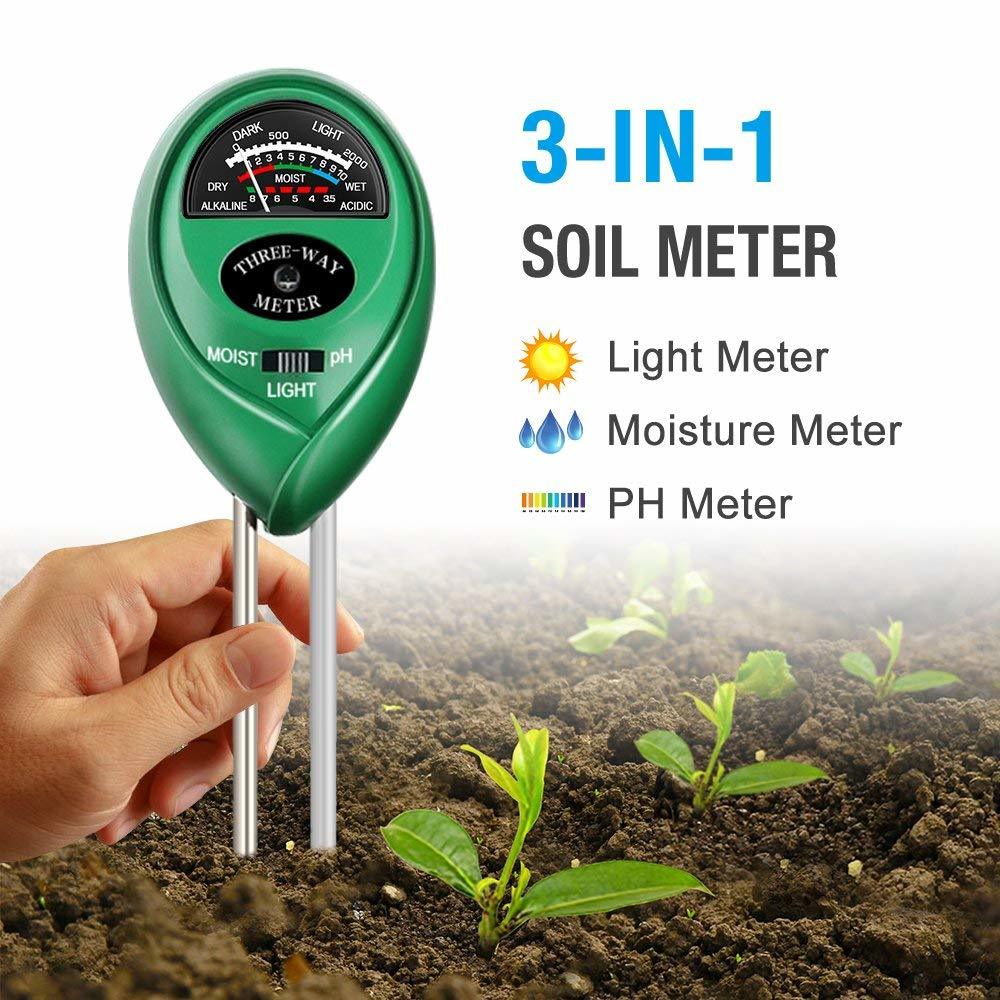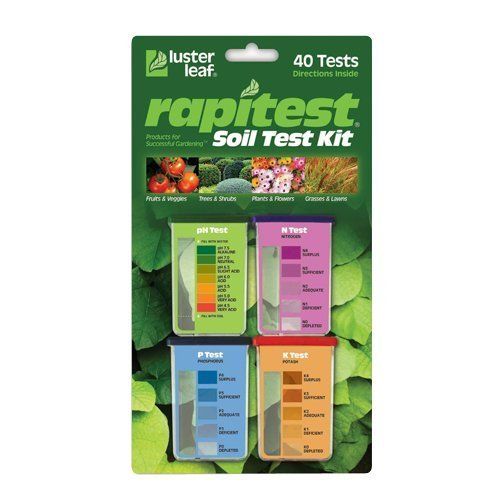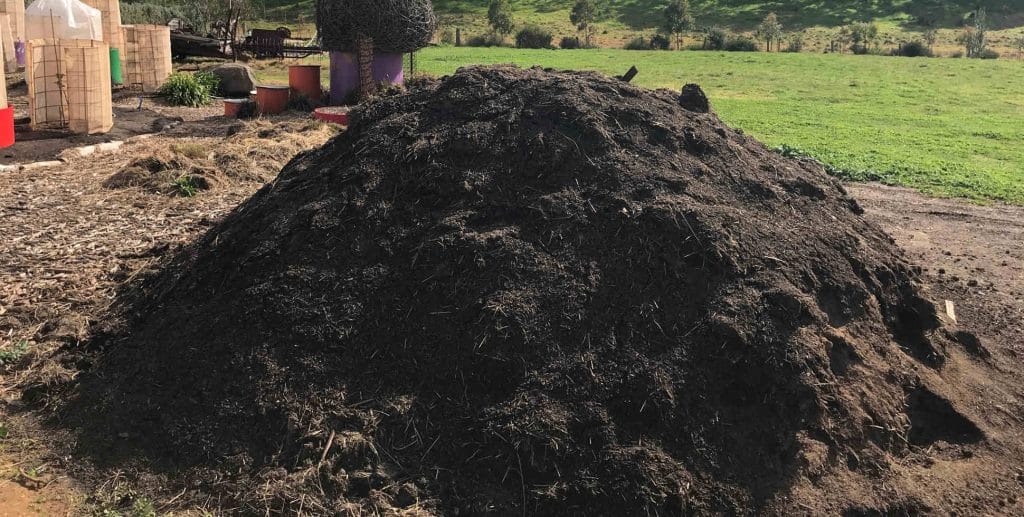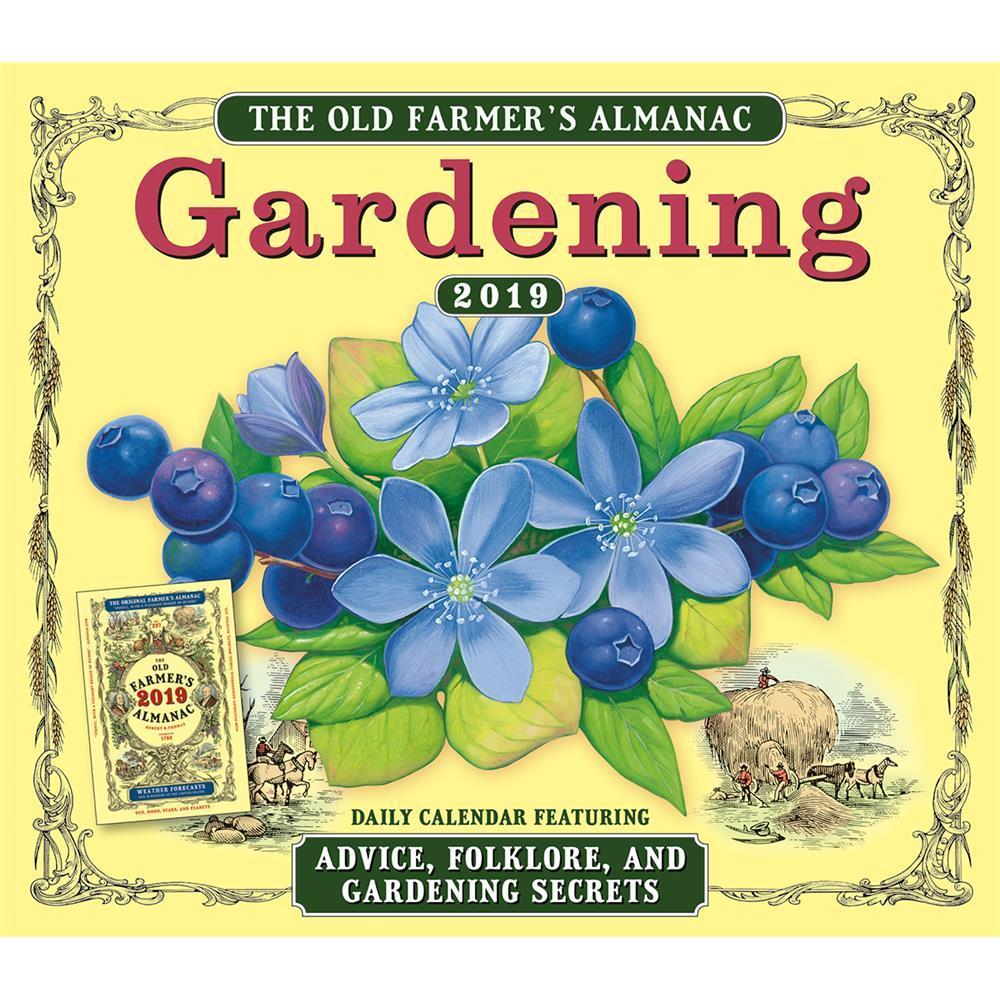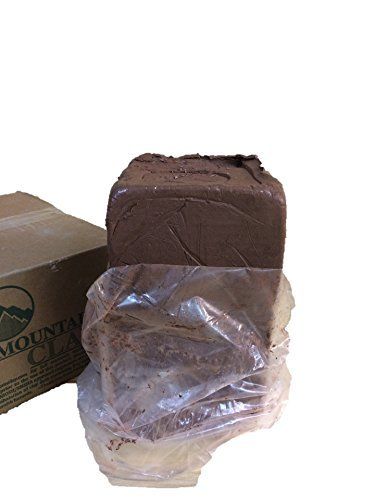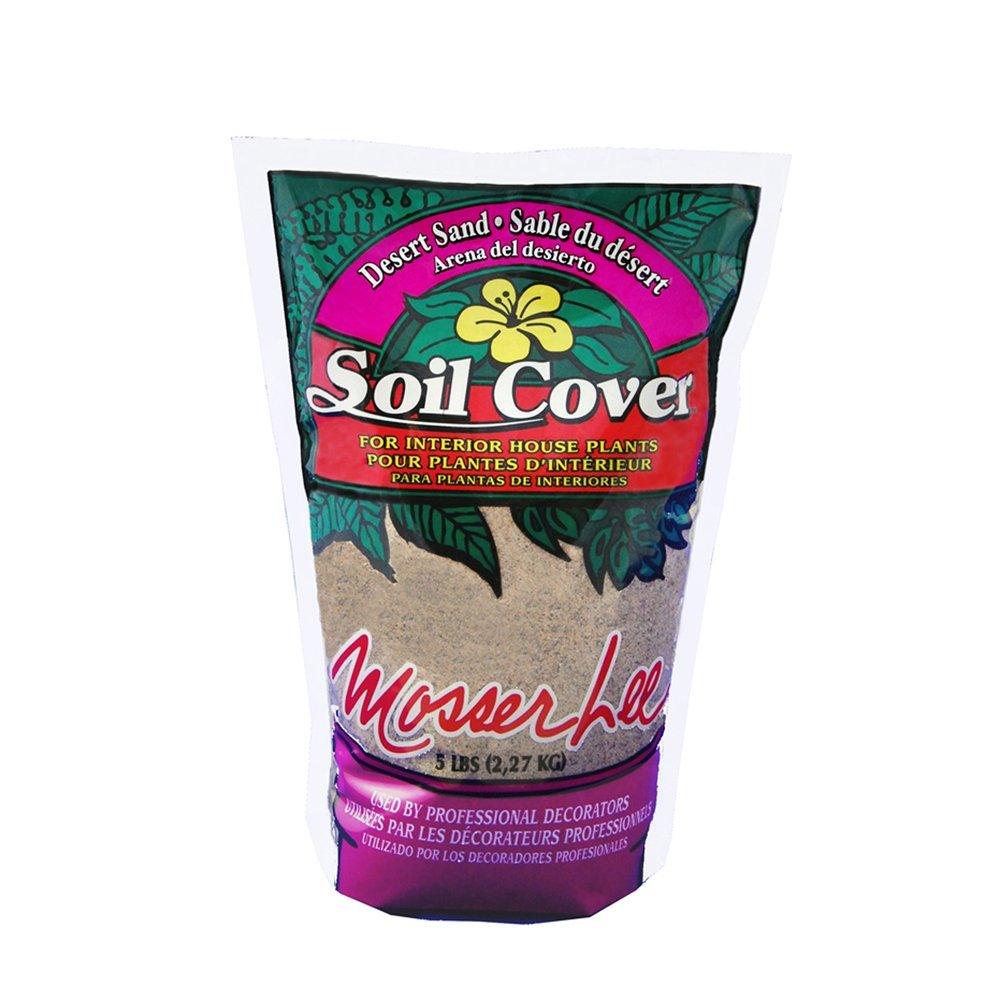Image Source: www.amazon.com
Avid gardeners are turning to raised beds more and more often. And experts from a wide range of traditions continue to emphasize the many benefits. However, there are different opinions on what kind of soil or mix to use in them for a successful harvest. So, how do you find the best soil for raised beds?
You’ve probably seen large bags in your local garden center marked as garden soil or potting soil. And while you could potentially spend a fortune on a big bags of garden dirt, you first need to consider how you’re planning to use it and what you’re planning to grow. The answer to which kind of soil mix you need can vary pretty widely.
Types of Raised Beds
The term “raised bed” can means several different ways of preparing a garden bed for planting. And the kind of bed you choose to use will determine the best soil for raised beds along with what you’re planning to grow.
Framed raised garden bed
Image Source: www.amazon.com
For a framed raised bed, you’ll also create your garden plot directly on the ground. In this case, you’ll build a frame using the appropriate materials that reach from 10 inches to 12 inches high above ground level. You may want to loosen the soil with a garden fork within the frame, down to a depth of about a foot or so. Alternatively, you can line the ground with newspapers or cardboard to prevent weeds from growing into your garden bed.
After building your frame, you’ll need to fill it with a good quality growing medium. You can choose to purchase the best soil for raised beds or mix your own. The type of soil and the ingredients in your mix will depend largely on the types of plants you want to grow.
Raised container bed
Image Source: www.amazon.com
Many don’t consider a container bed to be, technically, a raised bed. They might refer to them as “planters,” instead. However, you’ll find these large garden containers listed as raised beds by their manufacturers.
With container raised beds, the entire growing space is lifted above the ground. The planter has a bottom to contain the soil and has been perforated for drainage. These raised planters make gardening much easier for those with physical limitations, such as elderly gardeners and those with disabilities. Many of them are even hip high or so to make them wheelchair accessible.
With these types of garden planters, you’ll want to fill it with the best soil for raised beds that you can afford. Because you’ll be able to use this soil for several years, it pays to invest in a top quality mix. Replacing it in its entirety is pretty labor-intensive, so it’s best to use a good soil mix and add a few amendments at the beginning or end of each season.
Alternative types of raised garden beds
Along with the three basic types that most gardeners use, there are a few ‘specialty’ types worth discussing. These methods may outline the best soil for raised garden beds with a specific mix of ingredients or a unique structure.
Square-foot gardening raised beds
Image Source: www.amazon.com
While the square foot gardening method utilizes a simple framed raised bed, it advocates for the use of specific measurements and soil mixes, which we’ll describe later. To use this method, you’ll also need some kind of grid for laying out your plants.
Hugelmound
Image Source: shop.mybluprint.com
Hugelmounds, or “Hugelkultur, ” is a unique way of creating optimal conditions for growing a wide range of plants in a small space. The gardener forms a large mound of garden soil using logs, yard debris, compost, and dirt. It’s the ultimate in raised beds, and some can be several feet high.
Growing on a “mound” gives you more actual square footage to plant. It also provides a wide range of microclimates for planting. For example, plants that prefer a dry environment (such as rosemary) do well at the top of the mound. Plants that need more water, such as basil, do better at the bottom of the mound where it stays moister.
You can plant sun-loving vegetables on the south-facing side of your mound. For those that may need a little shade, you plant them on the north side.
One of the signature characteristics of a hugelmound is that you form it on a pile of logs, sticks, and other wood. This helps retain moisture in your planting space as the wood becomes saturated over time. It also helps add nutrients as the wood decomposes as well as essential microbes for soil health.
Lasagna raised bed
Image Source: www.amazon.com
“Lasagna” gardening claims to be the lazy gardener’s best friend. It offers no-till, lower maintenance, minimal weeding. You form a lasagna garden bed directly on the ground, starting with a thick layer of cardboard. On top of this, you add layers of yard waste, compost, leaves, soil, even organic scraps from your kitchen. You’ll need to layer it up to about 12 inches high, and you may want to frame it.
It’s also called “sheet composting,” and the best thing is that you can use to turn the worst patch of the yard into a productive growing space.
The Best Soil for Double-Dug Raised Garden BedsThe Best Soil for Double-Dug Raised Garden Beds
Creating the best soil for raised Beds using the double-dig method will depend on several factors. Since you’re using your own garden soil as a base, the first thing you want to do is have your soil tested. Find your local county extension office and ask them about testing.
Soil pH
Image Source: www.amazon.com
The simplest test, and the one you shouldn’t neglect is a ph test. Plants can be extremely sensitive to pH levels in the soil. Some require an acidic medium for best growth, such as blueberries. Others prefer more alkaline soil. Luckily, you can test this yourself if you want with an inexpensive soil tester.
Soils east of the Mississippi River, and especially those east of the Appalachians and in the South, tend to be more acidic. Those in the west, except for areas in the Pacific Northwest, tend to be more alkaline.
If you’re planning on using your own garden soil in any way – either in a double-dug raised bed or in addition to purchased soil in a framed bed – you may need to alter the pH with garden amendments.
Your soil may be anywhere between 5.5 and 8.0 on the pH scale. If it’s below 6, it’s considered acidic. If it’s above 7.5, it may be too alkaline.
For overly acidic soils, you can add limestone. For overly alkaline soil, add sulfur. Follow the instructions on the manufacturer’s label, which should give you a good idea of how much of the product you’ll need for the size of your raised garden bed.
Nutrient testing
Image Source: www.amazon.com
Your local extension office offers more in-depth testing and can tell you which macro and micronutrients you’ll want to add to your soil. And while you can dump plenty of chemical fertilizers on your garden during the growing season, the best long-term solution is to add organic matter.
It’s not just safer for the environment, it’s also the least labor intensive. Instead of dosing each plant with a mix of fertilizer every week for four to six months a year, you can let compost break down and feed your plants over time with only one application.
What to add to your soil
Nitrogen |
Phosphorus |
Potassium |
|
If your test results indicate your soil is low in nitrogen, you can add: |
If your soil needs phosphorus, try: |
If your test results indicate that you need potassium, use: |
|
Organic matter and compost
Image Source: sophiespatch.com.au
You should also add compost, composted manure, or worm castings to your double dug raised bed. And if necessary, you can also add a pre-mixed garden soil if you find that you want to raise your bed higher.
For example, my compacted sandy soil didn’t rise much even after added several loads of manure and homemade compost. So, I added a mix of purchased garden soil and a good potting mix to several raised bed.
The Best Soil for Raised Beds
If you’re using framed beds or container beds, you’ll need to purchase garden soil to fill them. Many experts differ on what they recommend as the best soil for raised beds, but you need to keep one important thing in mind: The best soil is the one that best suits what you plan to grow.
That said, here are a few recommendations from experts:
The Old Farmer’s Almanac
Image Source: www.amazon.com
This combination is the recipe recommended by the Farmer’s Almanac website:
Raised Bed Soil Recipe
- 4 bags (2 cubic feet) topsoil
- 2 bags (3 cubic feet each) peat moss
- 2 bags (2–3 cubic feet each) compost or composted cow manure
- A 2-inch layer of shredded leaves or grass clippings (free of pesticides and herbicides)
Joe Lamp’l
Joe Lamp’l of the Joe Gardner Show podcast recommends the following mix as the best soil for raised beds; in fact, he calls it “perfect”:
- 50 percent high-quality topsoil (bulk or bags)
- 30 percent compost (homemade or purchased)
- 20 percent mix of organic matter, including any of the following:
- Shredded leaves
- Worm casting
- Mushroom compost
- Aged chipped or ground bark
- Composted Cow or chicken manure
Gardeners.com Mix
The popular website Gardeners.com suggests the following mix as the best soil for raised beds in their section on how to build one.
- 60 percent topsoil
- 30 percent compost
- 10 percent perlite or vermiculite
The Square Foot Garden Soil
According to Mel Bartholomew – the inventor of the square foot gardening method – the best soil for raised beds doesn’t include any soil at all! Called “Mel’s Mix,” it’s a soilless medium that includes:
Mel’s Mix
- 1 part vermiculite
- 1 part peat moss
- 1 part compost
The Best SoiWhat You Should Plant in your Double-Dug Raised Bedsl for Raised Beds
Depending on the type of soil you have in your double-dug raised beds, you may find more success with some vegetables and flowers than others. Even if you add plenty of soil amendments, it’s best to consider the type of soil you’re working with before choosing what to plant.
Clay soil
Image Source: www.amazon.com
This sticky soil feels slick, and many plants have a hard time setting a healthy root system in this type of soil. Because it’s such a poor environment for fast growth, consider perennials like fruiting bushes. For vegetables, plant vegetables that mature late in the summer to give them plenty of time to develop.
Sandy soil
Image Source: www.amazon.com
Sandy soil is the first to warm up in the spring, so it’s perfect for early spring vegetables, like salad greens. It’s also an excellent medium for root vegetables, like carrots, rutabagas, and potatoes.
Loam soil
Image Source: backyardgardenersug.com
Dark and rich with nutrients, loam holds moisture well without having problems with drainage. You may need to add amendments to improve drainage if you have a heavy rainy season, however. Otherwise, you can plant moisture-loving, heavy feeding plants like broccoli, cauliflower, and salad vegetables.
Which Is Really the Best Soil for Raised Beds?
Like so many other factors in gardening, you’ll rarely find a one-size-fits-all solution. If you use double-dig raised beds in the ground, you may not need additional soil at all. On the other hand, a raised container bed or framed bed means you’ll need to start shopping. And the mix you need will depend entirely on what you plan to grow.
To determine which of these mixes is the best soil for raised beds for your next garden plot, take a look at your plan. Do your vegetables need fertile soil? Or do they prefer something lighter with excellent drainage?
Look at the percentage of compost in each mixture. Compost is rich in nutrients and helps retains water. While most vegetables and fruits love lots of food and a moist environment, not all of them like the heaviness of a compost-rich soil.
Root vegetables and legumes often prefer a lighter soil to thrive, so if you wish to grow them, the best soil for raised beds in your situation is the one with the least compost and lightest texture, such as the Mel’s Mix.
Hungry vegetables and fruits like tomatoes, eggplant, and squash need a moist and nutrient-dense growing medium. In this case, the mixes from Joe Gardener or the Farmer’s Almanac might be the best choice.
Fast growing greens, such as lettuce, kale, and chard require immediate feeding with plenty of nitrogen. So, the best soil for raised beds containing salad greens would include composted manures rather than organic matter that hasn’t broken down yet. In this case, you may want to consider the mix from Gardeners.com
Get Growing
Once you’ve decided on your gardening plan for the season, your choices will naturally lead you to the best soil for raised beds by understanding what conditions they need the most.
Remember, a light, loose, and even sandy soil works well for root vegetables like potatoes and carrots. For leafy greens, go for a light soil with plenty of available nitrogen in the form of compost. Other vegetables and fruits, like tomatoes and broccoli, are “heavy feeders,” so a fertile soil that holds moisture and provides consistent nutrients is best.
Is this your first time creating a raised bed for your garden? Which kind of raised bed are you going to use? Tell us what you’re planning to plant this season in the comments below.
